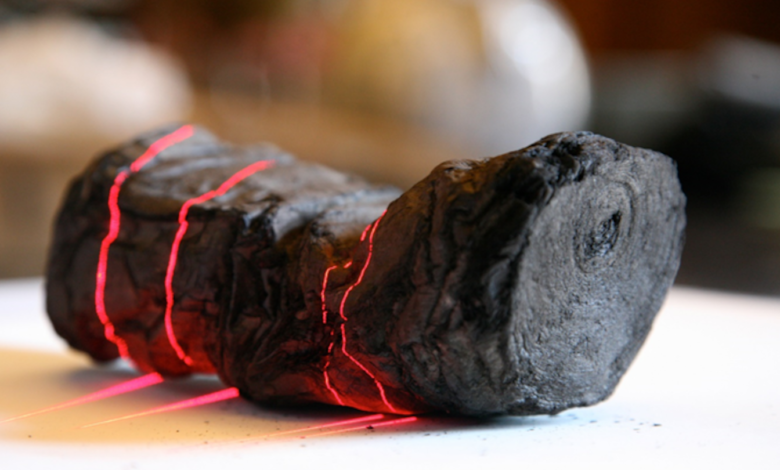Researchers turn to artificial intelligence to read fragile ancient scrolls

Artificial intelligence is helping researchers unlock the secrets of ancient scrolls. University of Kentucky computer scientists used AI technology to read an ancient script that was burned when Mount Vesuvius erupted in 79 AD.
The scrolls were so fragile that scientists could not even attempt to unroll them or they would be destroyed. Instead, as part of a competition called the Vesuvius Challenge, scientists released thousands of 3D X-ray images of the scrolls and papyrus. The scrolls were part of a large discovery in 1752 of about 800 carbonized scrolls found buried under pumice and ash.
“This word is our first dive into an unopened ancient book, evocative of royalty, wealth and even mockery,” said Brent Seale, a University of Kentucky computer scientist. “Pliny the Elder explores ‘purple’ in his ‘natural history’ as a production process for Tyrian purple from shellfish The gospel of Mark describes how Jesus was mocked as he was clothed in purple robes before crucifixion. What this particular scroll discusses is still unknown, but I believe it will soon be revealed. An old, new story that starts for us with ‘purple’ is an incredible place to be.”
READ: Artificial intelligence preaches first sermon
The scrolls are believed to have been part of the library of Philodemus, an Epicurean philosopher.
“Recovering such a library would transform our knowledge of the ancient world in ways we can hardly imagine,” one papyrus expert told “The New York Times.” “The impact could be as great as the rediscovery of manuscripts during the Renaissance.”
The race is now on to read the remaining text. Dr Federica Nicolardi, a papyrologist at the University of Naples, said three lines of the scroll, containing up to 10 letters, are now readable, with more expected to be revealed. The scrolls are part of a collection from the Institut de France in Paris.
“For me, reading words from within the Herculaneum scrolls is like stepping onto the moon,” Seales said. “Honestly, I knew the text was there, waiting for us to arrive, but arrival only happens at the last step. And with such a talented team working together, reading the words is that step into new territory, and we’ve taken it. Now it is time to explore.”
Success allows researchers to examine Dead Sea Scrolls previously thought to be too brittle to investigate.
The Dead Sea Scrolls consist of ancient Hebrew manuscripts of leather and papyrus and copper. Found in 1947, only a fraction of the 15,000 fragments have been translated. Many were too badly damaged to read. What has been translated continues to give Biblical scholars confidence in the accuracy of Bible translations.
–Dwight Widaman | Metro Voice







